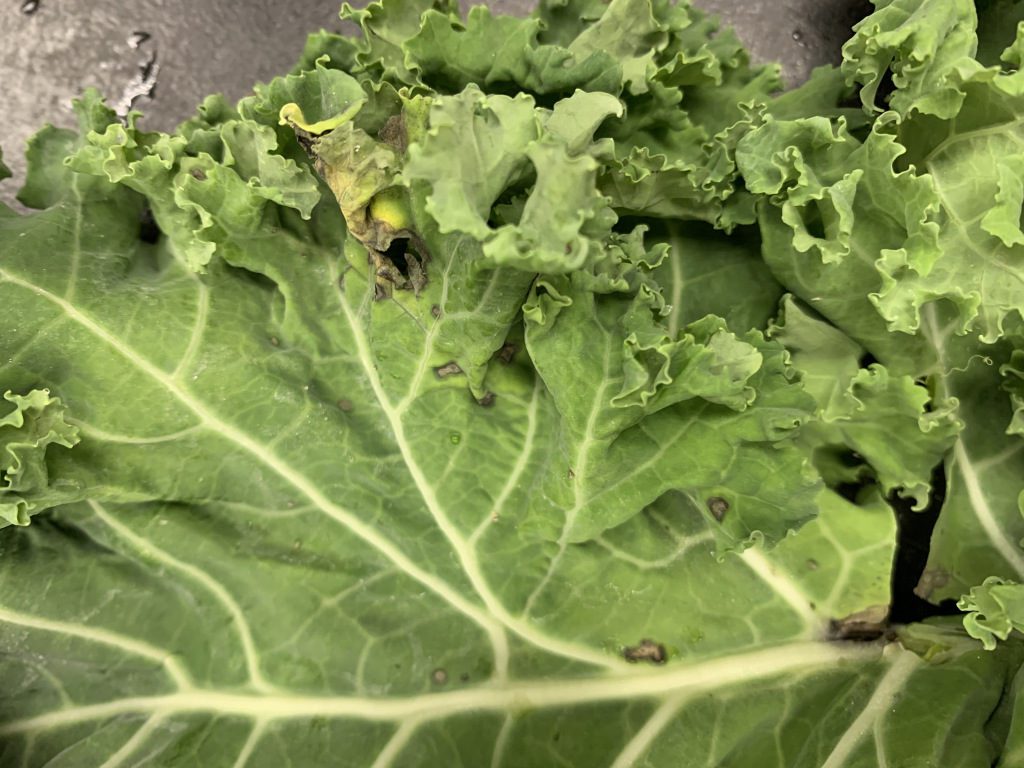Mar 23, 2021Are hydrogen peroxide products effective fungicides?
From Clemson University Plant Pathologist Tony Keinath.
Should products with hydrogen peroxide, alone or combined with peroxyacetic acid, be used like fungicides on vegetables? It’s difficult to give just one answer to this question because there are so many different vegetables and diseases to consider. Here are a few important things to think about.
- Hydrogen peroxide/peroxyacetic acid has no curative activity against any vegetable disease. Yes, it might look reassuring to see the dead centers drop out of leaf spots on tomato. The pathogen, however, is still in the leaf, where pathogens are naturally designed to live. All leaf pathogens – bacteria, fungi, and water molds – will survive inside the treated leaves.
- Hydrogen peroxide/peroxyacetic acid has no (or a very short) residual activity or “staying power” on leaves after spraying. Conventional fungicides usually will last up to the minimum spray interval on the label, normally 7 days. Biofungicides also leave a residue on the leaves for at least a few days after spraying; there hasn’t been as much research on this as on conventional fungicides. The fact that labels like Oxidate recommend two applications per week suggests that the residue lasts no more than 3 days.
- Oxidate did not control powdery mildew on cucurbit seedlings in the greenhouse. (Details available at https://doi.org/10.1016/j.cropro.2012.06.009). There was absolutely no effect in any of four experiments. Unlike other fungi, powdery mildew grows mostly on the outside of the leaf, so it was completely exposed to Oxidate.
- The number of sprays per week needs to be considered when calculating the cost of hydrogen peroxide/peroxyacetic acid products. At $35/gallon and 1% solution, Oxidate costs $35/acre when sprayed twice a week at 50 gpa spray volume each time.
I recently tested Oxidate on kale affected with Alternaria leaf spot caused by the new species in South Carolina, Alternaria japonica. Oxidate (1%) was applied 2 days before harvest. Healthy leaves with no visible leaf spots were placed in sealed plastic bags with 100% relative humidity (RH) and stored at 41 F. for 1 week, then checked for disease symptoms.
Based on two tests, 70% of Oxidate-treated leaves had Alternaria leaf spot, and 73% of water-treated control leaves did. That’s only a 5% improvement, and the difference is not statistically significant. Based on a kale price of $18/carton and 400 cartons/acre (for a once-over harvest), that’s an extra $359/acre.
– Posted by Justin Ballew, The South Carolina Grower, Clemson Cooperative Extension
Alternaria leaf spots that appeared a week after this kale was harvested and stored at proper storage temperatures. Photo: Tony Keinath















